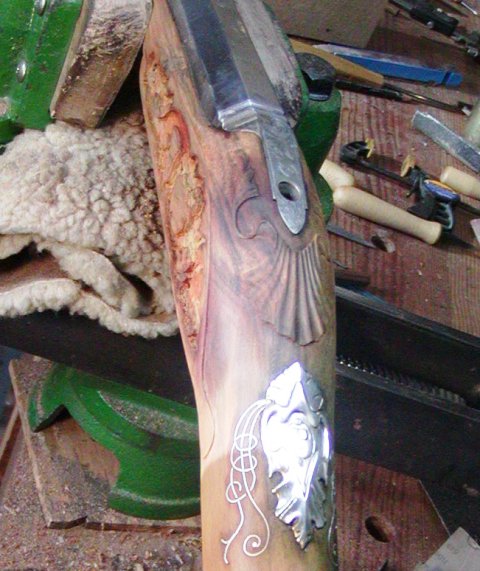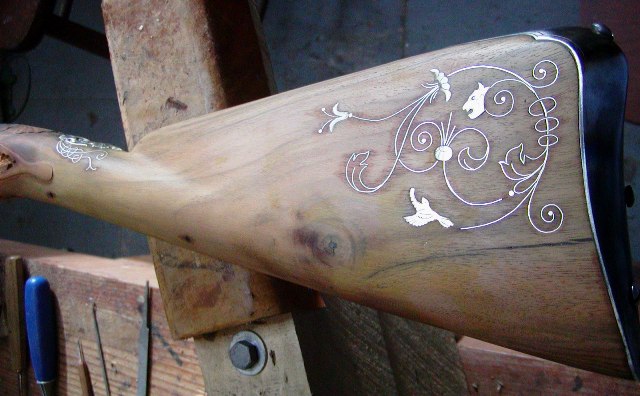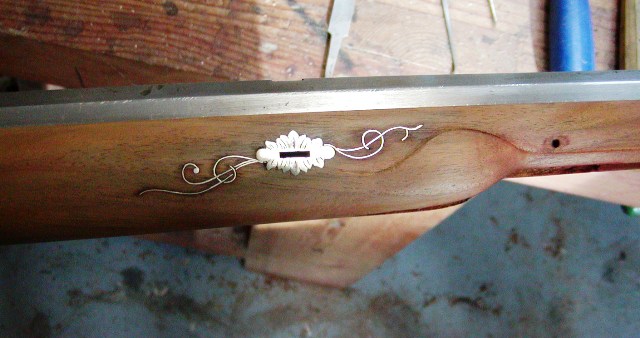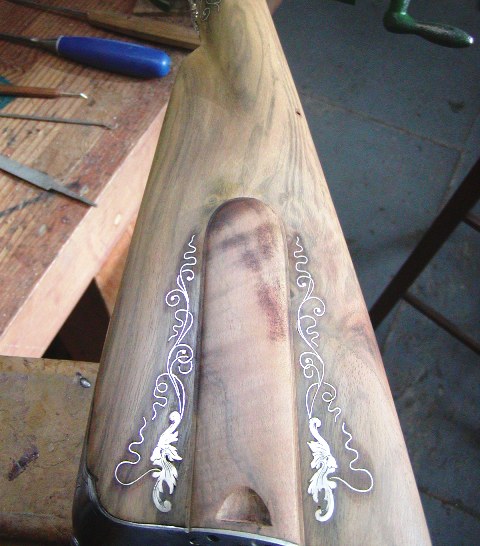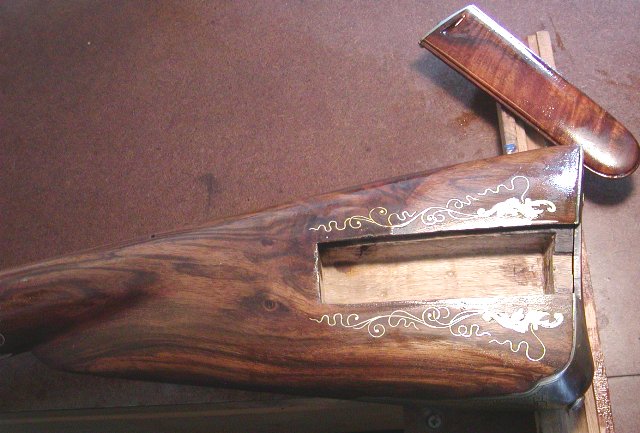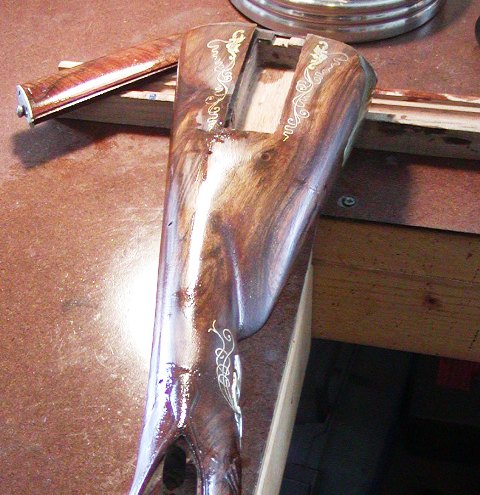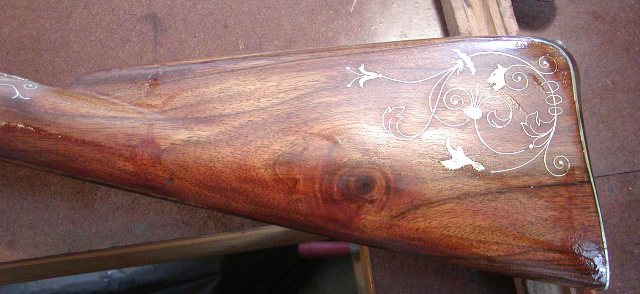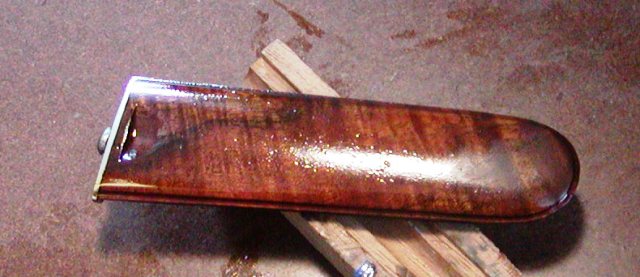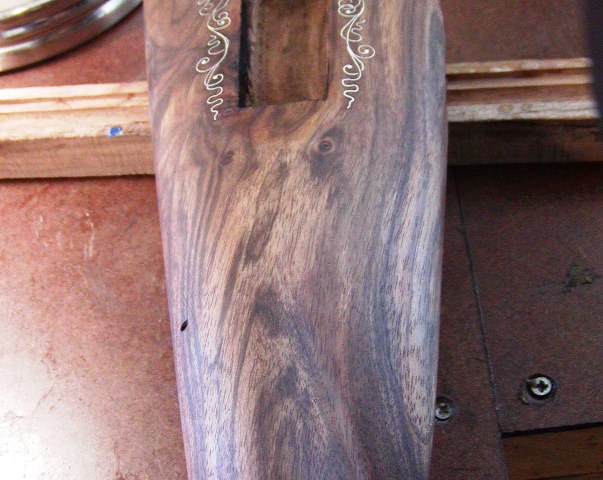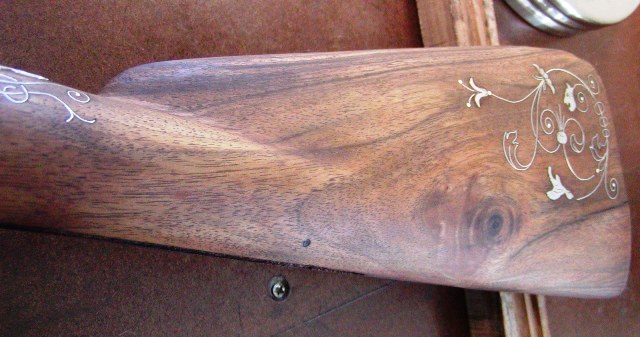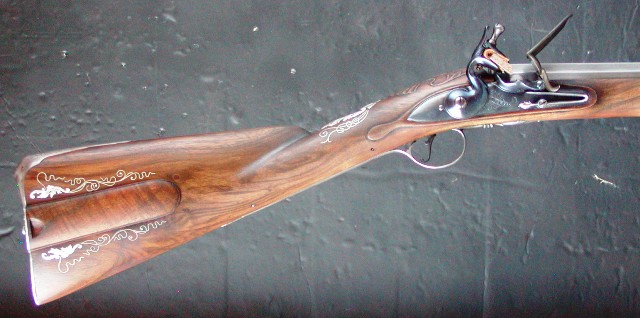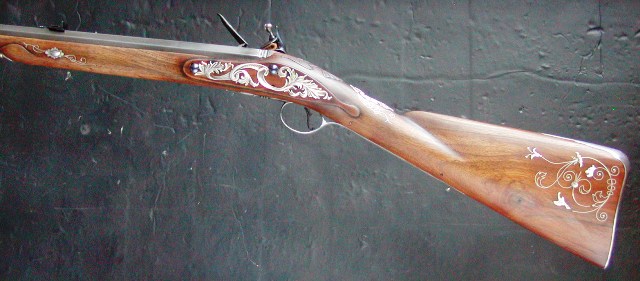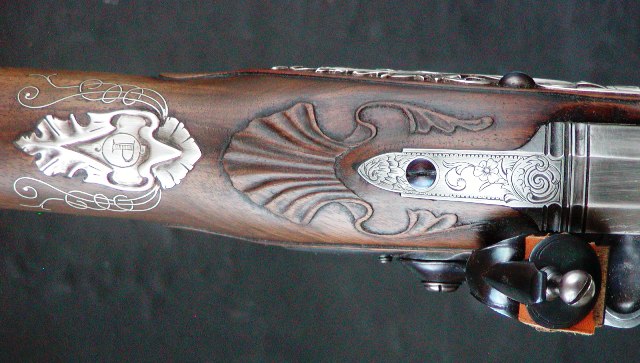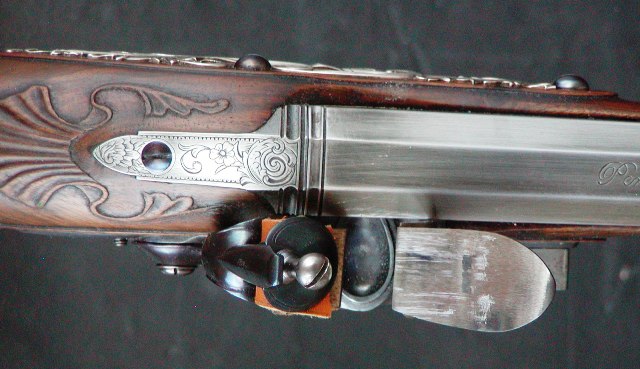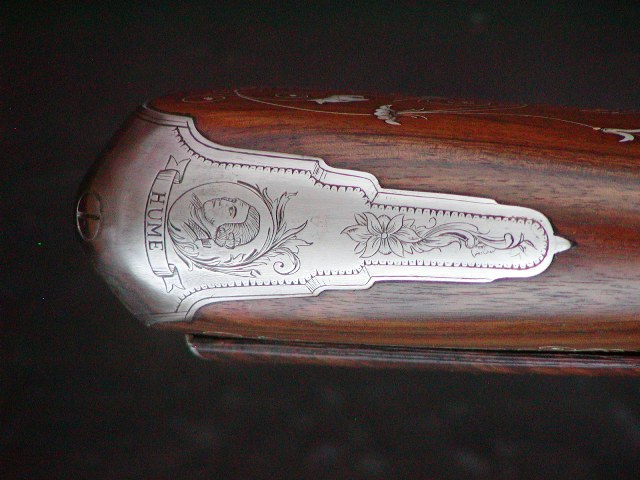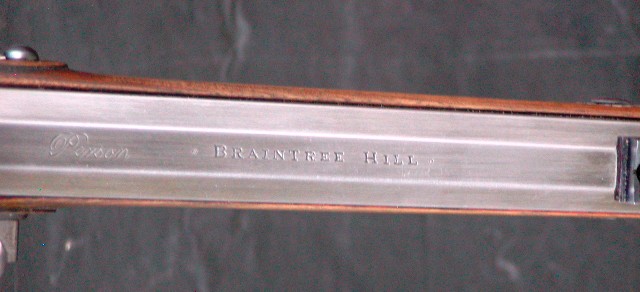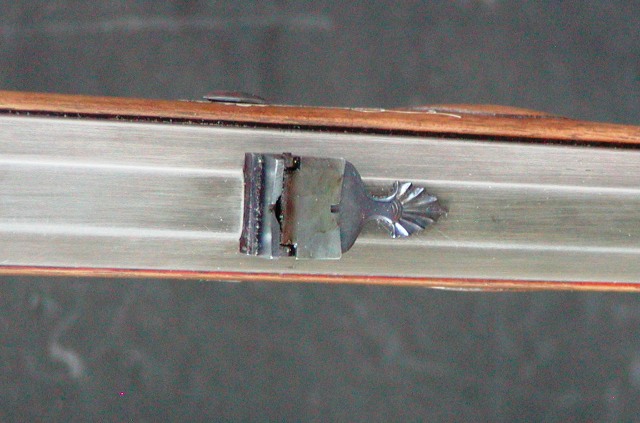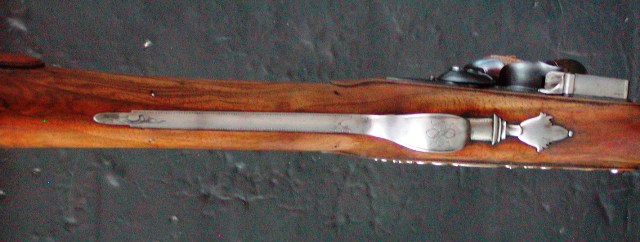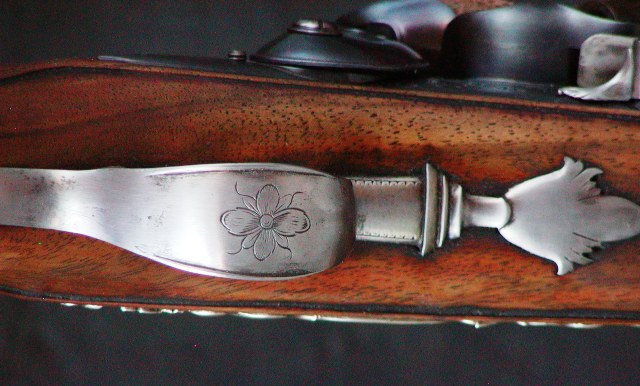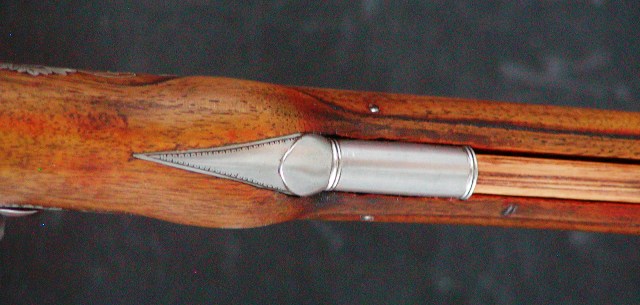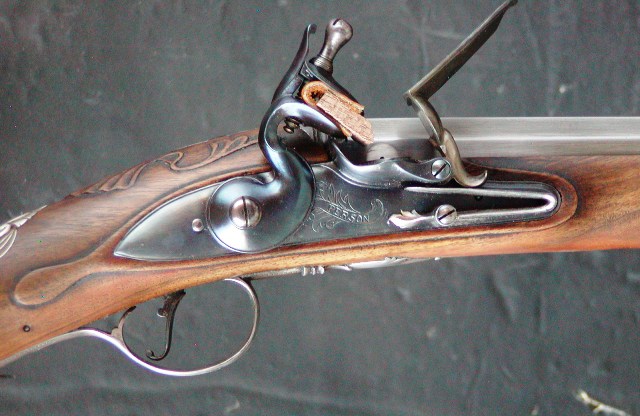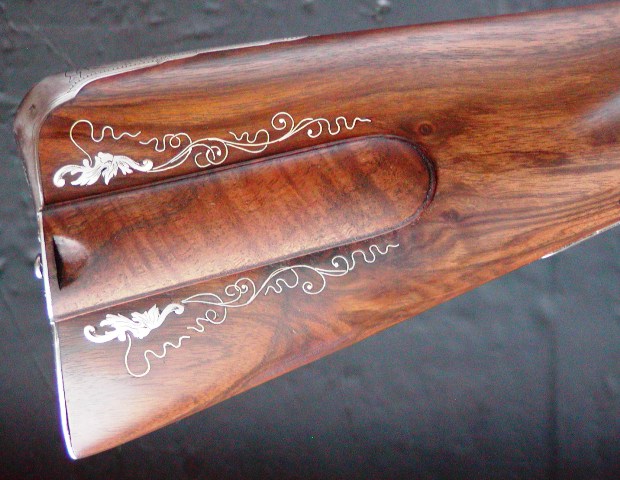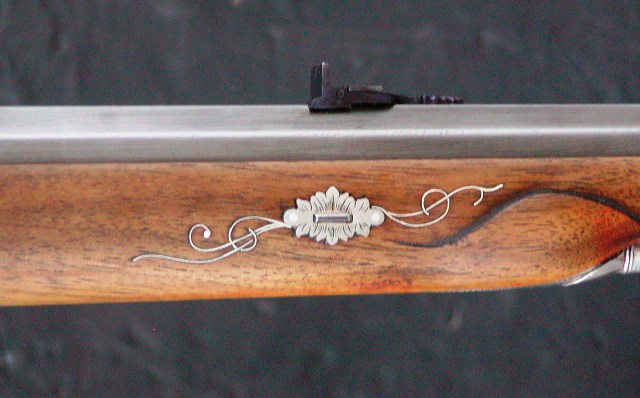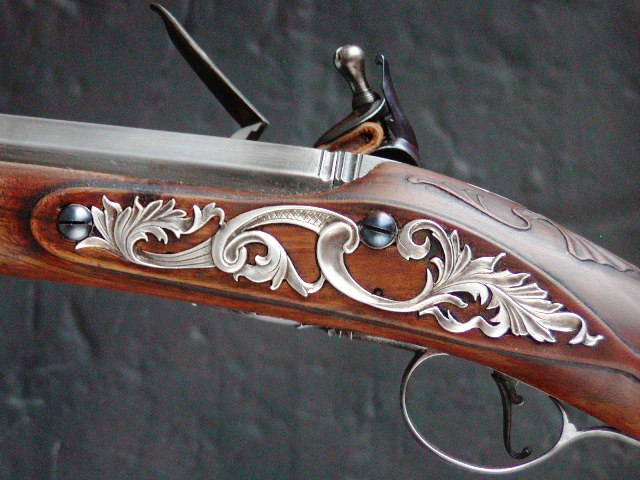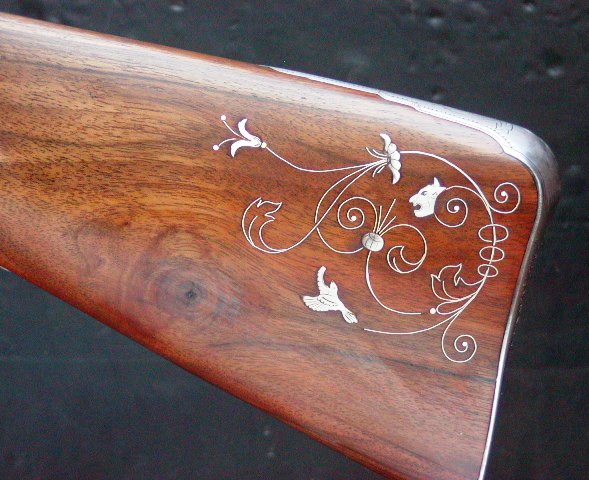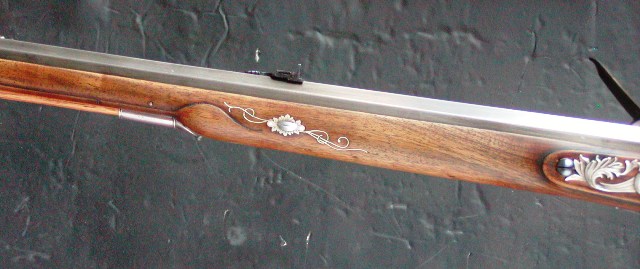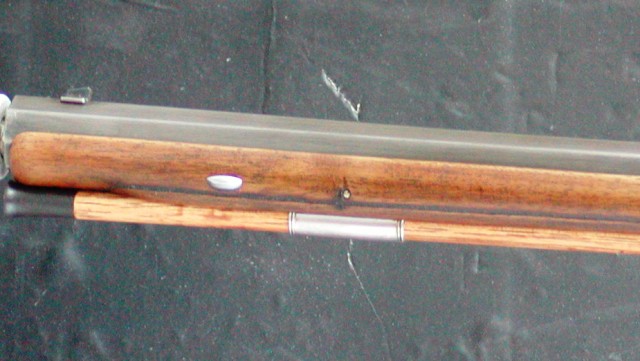- Joined
- Nov 26, 2005
- Messages
- 5,017
- Reaction score
- 9,965
Hi,
The history is really fun. Gun making was a major industry in Britain. In Birmingham, during the late 18th century the population was around 70,000 and perhaps 8,000-10,000 of those worked at trades related to gun making. There still is a section of the city called "The Gun Quarter" where many of the little shops and businesses were clustered. Further, there were no big factories containing all those trades in one place and under one roof. The "factories" were collections of little shops spread out in the city and neighboring towns. Think of women and errand boys carrying baskets of gun parts down city alleys from shop to shop and you have a sense of how the trade was run.
dave
The history is really fun. Gun making was a major industry in Britain. In Birmingham, during the late 18th century the population was around 70,000 and perhaps 8,000-10,000 of those worked at trades related to gun making. There still is a section of the city called "The Gun Quarter" where many of the little shops and businesses were clustered. Further, there were no big factories containing all those trades in one place and under one roof. The "factories" were collections of little shops spread out in the city and neighboring towns. Think of women and errand boys carrying baskets of gun parts down city alleys from shop to shop and you have a sense of how the trade was run.
dave





